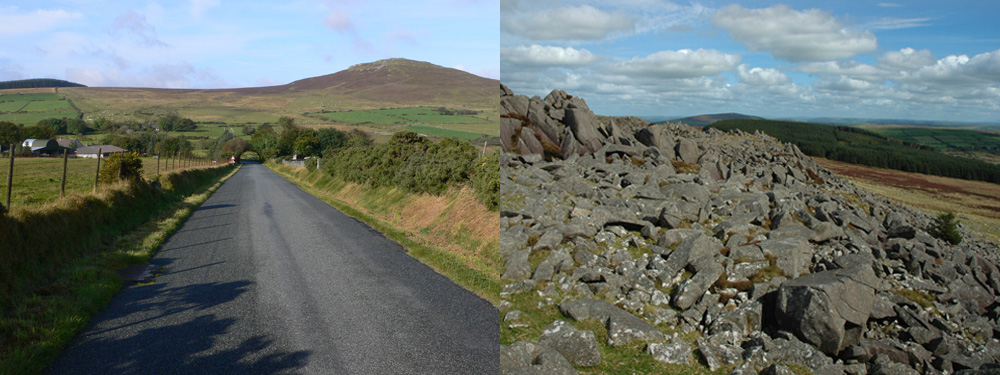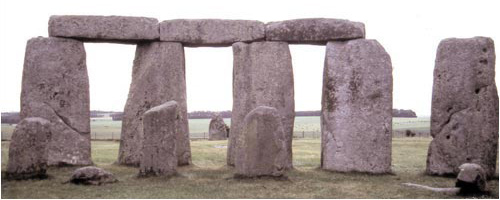The source of the Stonehenge bluestones was identified as long ago as 1923, when the eminent petrographer, Herbert Thomas, marked their origin as being the Preseli hills of South West Wales, some 200 miles distant.
Subsequent investigations have attempted to determine how these considerable rocks were transported over such a distance to Salisbury Plain, rather than why. It is the why that most concerns us here.
Work is currently underway in the form of a pilot study being conducted under the auspices of the Royal College of Art, focusing on the Carn Menyn area of Mynydd Preseli in South West Wales, in advance of a more expansive, future project, ‘Landscape & Perception’, that will reconsider the audiovisual perception of the iconic prehistoric landscapes of Preseli, Avebury in Wiltshire, and Stonehenge itself.
The project is being conducted by Paul Devereux, whose work over 25 years has included being a part of a new approach to the study of sound in archaeological contexts, ‘Archaeoacoustics’, and Jon Wozencroft, founder and editor of the music publishers, Touch, and senior tutor in sound and moving image in the Dept. of Communication Art and Design at the Royal College of Art.
The Landscape and Perception project coincides with the first comprehensive archaeological field study of Preseli being conducted by S.P.A.C.E.S. (Strumble-Preseli Ancient Communities and Environment Study), by Professor Timothy Darvill and Geoffrey Wainwright. Darvill is the Director of the Centre for Archaeology, Anthropology and Heritage at Bournemouth University. His most recent book is Stonehenge: Biography of a Landscape.
Devereux’s investigations, along with those of a few other pioneers, of various sacred sites in Britain have indicated a range of acoustic phenomenae that are only now being properly considered in as having the potential to provide further information concerning ancient monuments. The overall aim of the Landscape and Perception project is to carry out a forensic audiovisual re-examination of Preseli, Avebury and Stonehenge in an attempt to return to the primary sensory status of prehistoric man, with a view to redefining landscape art and ‘cleansing the windows of perception’ for our digital times.
Go to Art and Archaeology for a full description of the Landscape & Perception project.


